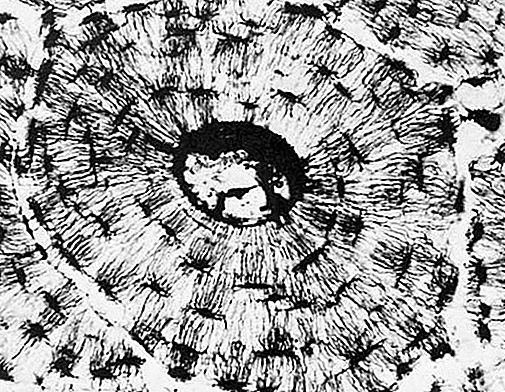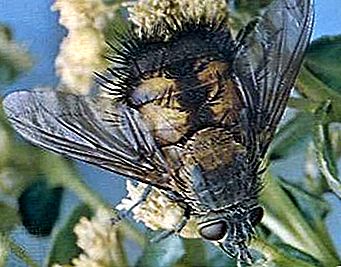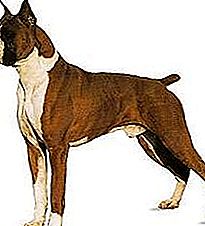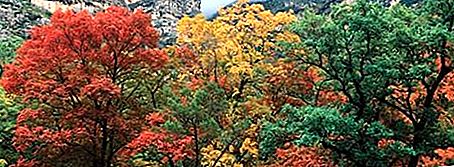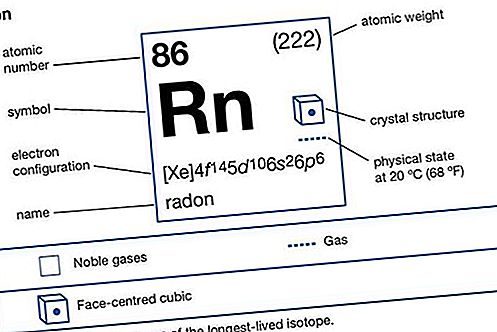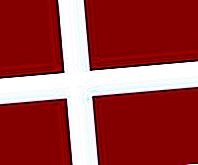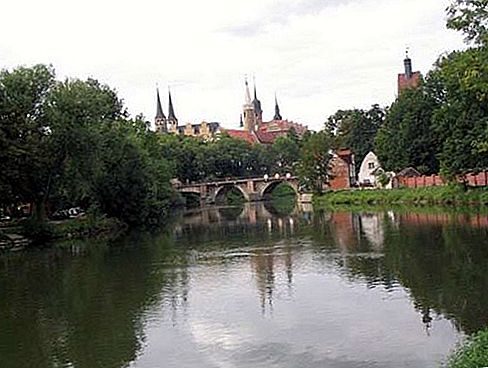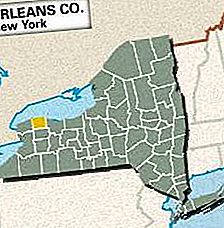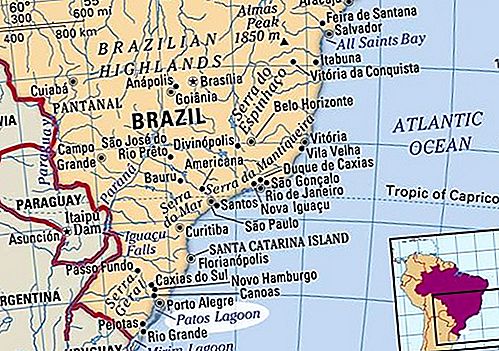Prescribed fire, also called prescribed burning or controlled burning,form of land management in which fire is intentionally applied to vegetation. Prescribed fires are conducted under desired conditions to meet specific objectives, such as to restore fire regimes in adapted ecosystems or to limit the amount of dry brush in an area prone to wildfires. Two primary types of prescribed fire are used: broadcast burning, in which fire is applied across an area that can range in size from less than one hectare (2.5 acres) to tens of thousands of hectares, and pile burning, in which discrete piles of fuels are burned with limited or no spread between the piles. For either type, managers usually compose a detailed prescribed burn plan that clearly defines the suitable weather and fuel conditions, the desired fire behaviour, and the effects needed to meet predetermined objectives.
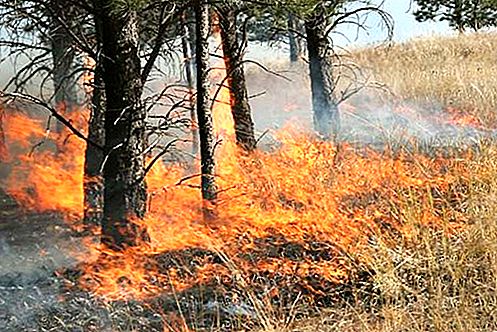
Indigenous uses of prescribed fire
The use of prescribed fire by humans predates modern civilization in many areas worldwide. Indigenous peoples have long used prescribed fire as an essential tool to manage wildlands for particular resources, such as desired plants and game species. Indeed, a number of indigenous peoples, including various North American tribes and Australian Aborigines, are known to have used fire to create favourable conditions for a variety of plants used for food, basketry materials, and clothing. Prescribed fire has also been used to decrease the presence and abundance of pest species that can degrade the quality and quantity of desirable plants, as well as to clear land for village sites and to improve access and travel.
Modern uses of prescribed fire
In modern use as a land management tool, prescribed fires are commonly used to reduce vegetation, thereby minimizing the risk of wildfires. In these instances, prescribed fire serves to decrease fuel loading (i.e., the mass of fuel in a given area) and limit fire behaviour in areas that might otherwise burn hotter during dry weather conditions that often accompany wildfires.
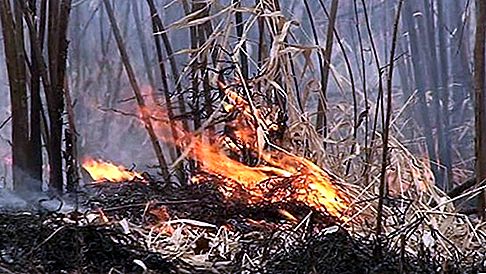
Prescribed fire can also improve ecosystem health in forests, woodlands, shrublands, and grasslands by reducing competition, decreasing diseases and pests, and decreasing the fire intensity during wildfires. In many regions that historically experienced wildfires, such as the tallgrass prairies of the Midwestern United States and the fynbos of South Africa, years of fire exclusion and suppression in the 19th and 20th centuries allowed fuels to accumulate, altering the vegetation communities present. Prescribed fire can be used to restore those ecosystems and promote the historical conditions present prior to the removal of wildfire. Additionally, many ecosystems are specifically fire-adapted—the species of plants and animals native to the ecosystems are enhanced by or dependent on the occurrence of fire to persist and reproduce. The use of prescribed fire in those systems can improve ecological conditions, especially in areas that have been fire-suppressed by humans, and often serves to promote the conservation and preservation of those lands.
Prescribed fire is also commonly used for range management. The periodic burning of rangelands can increase the productivity and quality of forage plants for livestock such as cattle, elk, and bison.
While generally beneficial to fire-prone areas, prescribed fires can have negative impacts on natural resources or pose some risks to local communities. For instance, if prescribed fires are implemented early in the growing season, ground-nesting birds may suffer a loss of nests or eggs. Additionally, implementing prescribed burns has a small risk of escape that could result in property damage.

